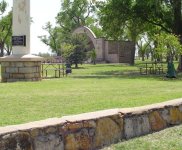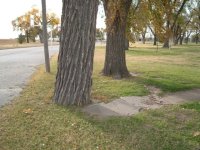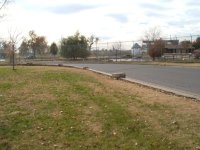Rudy
Admin
I was referring more to frequency used with device. I don’t know the answer. Does fcc regulate frequency?
I can understand where a device would conflict with other devices. Might even open up a bank vault. Who knows.
To elaborate on the previous statement, the FCC, through 47 CFR § 15.5, regulates what are known as "Part 15" devices. These are unlicensed electronics, which need to adhere to regulations to avoid the risk of interfering with other devices. As such, metal detectors fall under Part 15, just as DC motors do as well because the spark from the motor brushes can produce unintended RFI.
Now, to answer your specific question, currently only frequency bands between 9 KHz and 275 GHz have been allocated (i.e., designated for use by one or more terrestrial or space radio communication). So, 9 KHz is the lowest frequency regulated by the FCC.
Understand that this frequency regulation is in reference to "electromagnetic waves". The metal detector coil is very good at producing a magnetic field, but NOT good at all to produce an electromagnetic wave that would propagate over relatively long distances. That is why detectors spaced five to 10 feet away don't interfere with each other.


 A person would have to hunt with their eyes locked onto the screen, which isn’t something 99.9999% of people are going to do. Well, at least I’m not.
A person would have to hunt with their eyes locked onto the screen, which isn’t something 99.9999% of people are going to do. Well, at least I’m not.


